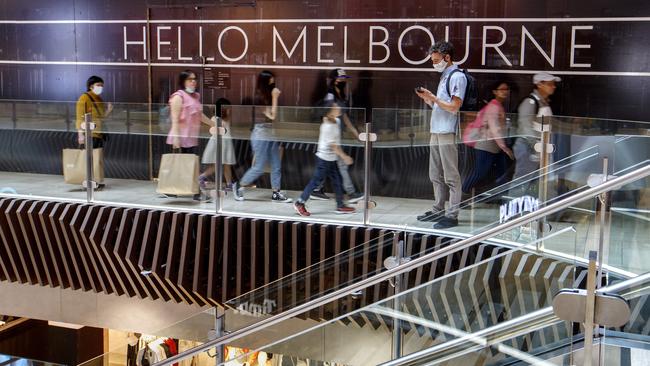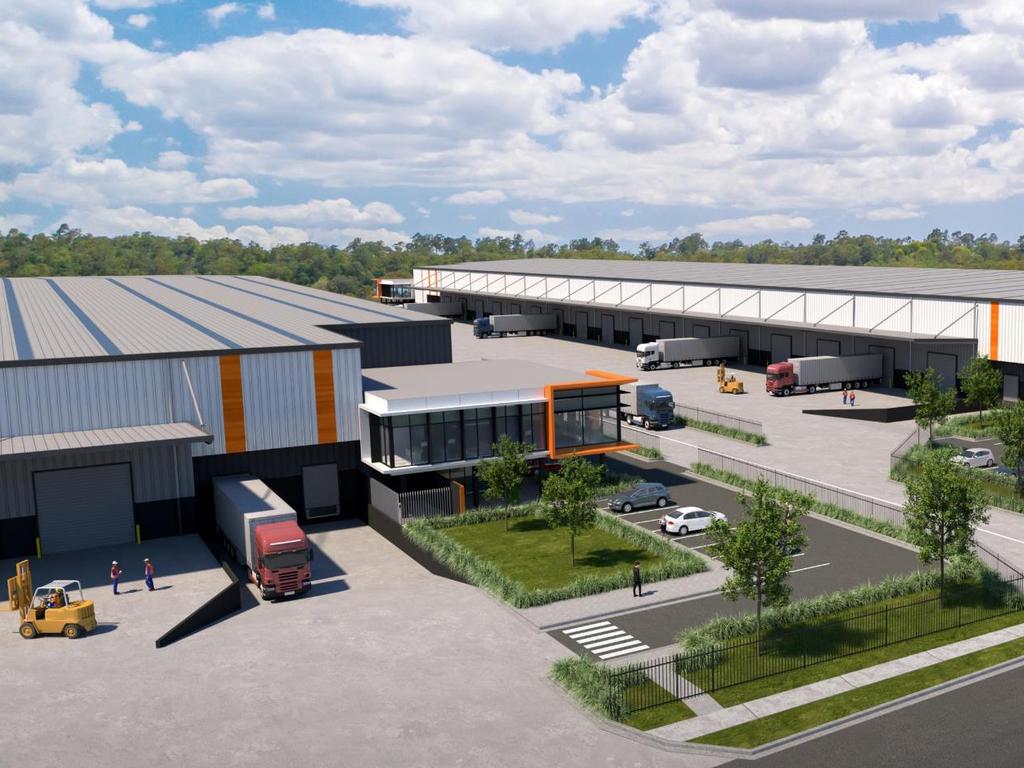
The measure was unveiled in the budget and is before the Council of Financial Regulators to work through the details, which include coping with a cyber risks and market failure like the recent technology problems at the ASX.
More details were not readily available on Tuesday, but the measures come as the government has ramped up cyber concerns.
Existing measures provide $20bn in emergency funding, which would clearly fall well short of handling any crisis.
The budget was handed down in a period of rare equilibrium with both monetary policy and fiscal policy directed at rescuing the economy, but it was also well advertised and businesses hoping for major structural reform will be disappointed.
It comes as there is more speculation that the government is holding out an option to hold an election in November.
The good news is new business investment is tipped to bounce from a slowdown last year to tepid growth of 1.5 per cent in the 2022 financial year, and to a 12.5 per cent increase in the 2023 year.
The recent NAB monthly business survey posted a bullish outlook on business spending.
The government is not expecting a big increase in company tax receipts, which stood at $93.3bn in the 2021 financial year, falling to $82.3bn in the 2022 year and to $70bn in the 2023 year.
This suggests the government is banking on any immediate revenue impact from the increased investment with jobs to increase, but for some of the spending to take advantage of the tax concessions.
The budget noted the immediate expensing concession would apply to 99 per cent of all businesses employing up to 11.5 million people.
Business spending as a percentage of GDP stands at just 10.9 per cent, down from a recent high of 17.8 per cent in the December quarter in 2012.
The budget was aimed more at ticking political boxes with minimal targeted spending — to increase childcare spending by $1.7bn, a fraction of the $10bn increase targeted for infrastructure and well short of structural reform.
The so-called patent boxes is another example, being a welcome tax concession to encourage Australian investments with a 17 per cent tax rate on income earned on the patent compared to the normal rate of 30 per cent.
The concession will apply to medical, biotech and clean energy inventions.
The government has also agreed to tax concessions on games development to help catch the global boom, which it said was part of a $250bn industry.
Boutique brewers were also granted tax relief.
These changes are obviously welcome, as with increased support in mental health, where the Headspace program for youths has been extended.
KPMG, Chief Executive Women and others had called for paid parental leave for either partner to encourage more diversity in the workforce and also to include the payments in the superannuation guarantee so the partner at home isn’t unduly penalised.
The government was silent on both issues.
The support for childcare comes under a heading including more funds for women’s welfare.
A more appropriate heading might be economic support given women account for 50 per cent of the population and improving the ability of people to work where they choose is an obvious benefit.
The superannuation industry will be relieved that there is no change to the industry outside the flagged concessions to allow people to invest more from the sale of their family home in retirement.
The government is yet to fully commit to the planned change in the superannuation guarantee from 10 per cent in July to 12.5 per cent in 2025.
This is legislated, but Josh Frydenberg has floated alternatives like giving people the choice about whether they want to take the money now as income rather than in their superannuation account.
The change would defeat one purpose of the superannuation scheme, which is to provide retirement income, but would satisfy one of the original ambitions, which was to provide income support.
The budget silence on the issue may be treated as a sign of victory for the industry, which was keen on the mandated increases proceeding.
Business is relieved at the bounce in the economy, but the unknown is what this means for sustainable growth because the 2020 recession was imposed by government shutdowns rather than the more typical collapse caused by high interest rates and lack of demand.
The extent of the bounce back is also not a surprise given the level of government spending, the strength of iron ore and farm prices and record low interest rates.
The budget noted the $291bn in spending amounts to 14.7 per cent of GDP, which is some three times the forecast growth in the economy.
The government has effectively transferred its balance sheet to the private sector.
The hope is business will follow the government’s lead and investment will come as promised, boosting the economy and, more importantly, job creation.
One uncertainty is that last year’s recession was short and, while COVID was a shock, it may not have had the desired cleansing effect. Some productivity gains emerged, like fast-forwarding the move to the digital economy, which received a welcome boost in the budget via the pre-announced $1.2bn investment.
The government was careful in the wording on Australia’s attempts to meet its global emissions reduction targets, saying it was aiming at net zero “preferably by 2050”.
There was apparently no major new funding for the energy industry in the budget.
There was a concession to help the big emitters reduce their baseline emissions, as recommended by the recent Grant King review.
On agency funding, the government is budgeting on cuts in funding for the ACCC after next year’s increase from $215.6m to $221.8m with an extra 65 staff.
ASIC’s funding is budgeted to fall from $501.7m to $473.7m next year, with a cut of 218 staff to 1878.
The bottom line was a budget celebrating the faster bounce back than expected but little in the way of support to maintain the momentum.








The federal government is planning a major reform package to ensure regulators can handle the breakdown of financial market infrastructure, including giving the RBA access to $5bn in emergency funds.